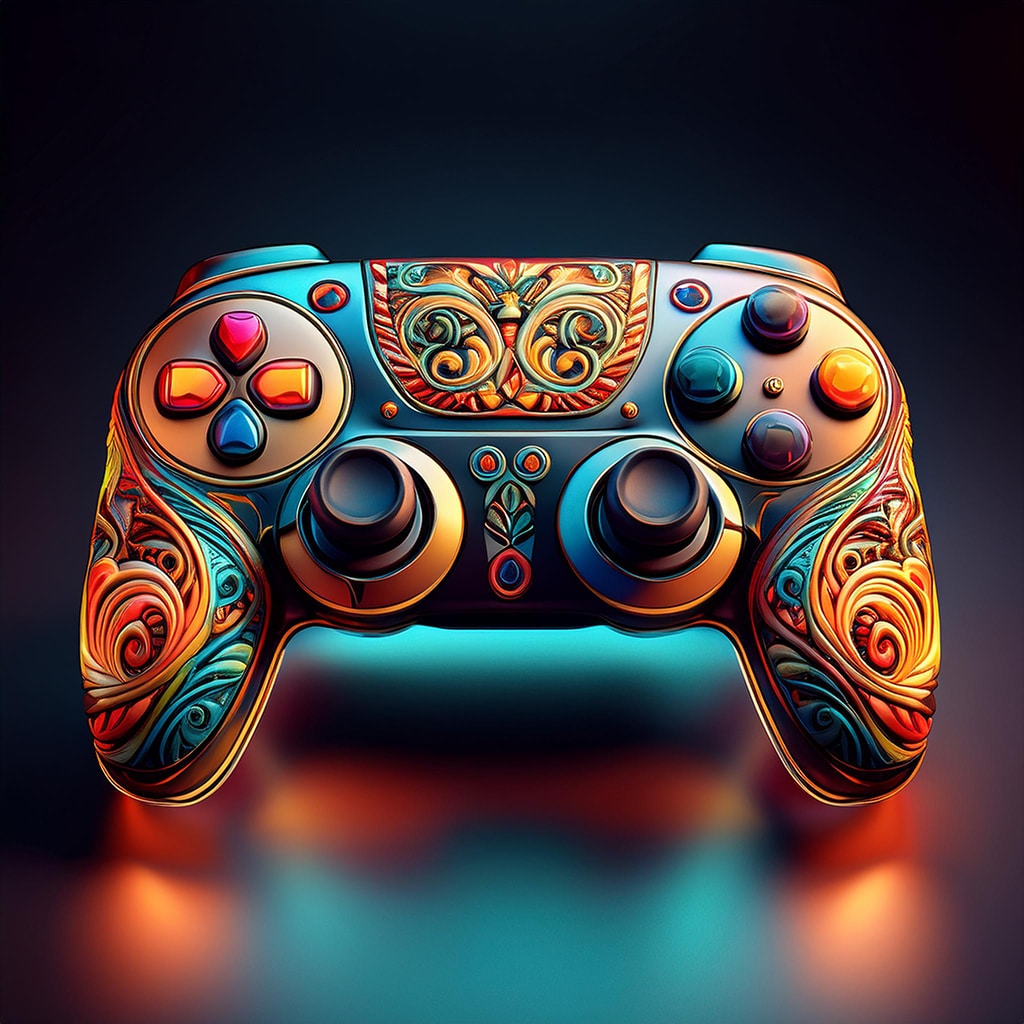Video games have evolved far beyond pure entertainment. Today, they are powerful storytelling mediums that reflect and influence culture globally. With this influence, however, comes the responsibility to handle sensitive topics like cultural representation with authenticity and respect. For game developers, creating characters, settings, and narratives that reflect diverse cultures is an opportunity to connect with global audiences and a challenge to get things right.
Whether you’re a seasoned game developer or an avid gamer looking to appreciate the intricacies of the craft, understanding the dos and don’ts of cultural representation in games is crucial. This guide will provide insights into honoring cultures while avoiding damaging stereotypes or missteps.
Why Cultural Representation Matters
Before we get into the specifics, it’s essential to understand why cultural representation in games is so significant.
Reflecting a Global Audience
The gaming industry serves a global audience. Recent reports estimate that there are over 3.2 billion gamers worldwide, spanning various countries, ethnicities, and cultures. By incorporating authentic cultural storytelling, developers can cater to diverse audiences and create games with universal appeal.
Driving Social Impact
Games can either perpetuate harmful stereotypes or challenge them. Portraying cultures with accuracy and respect helps fight biases, promote empathy, and educate players about different ways of life.
Enhancing Gameplay and Immersion
When cultural representation is done right, it enriches the narrative and creates a more immersive experience. Players feel connected to the worlds they explore when the details—language, traditions, clothing, and architecture—are authentic.
Avoiding Backlash
Mishandling cultural representation can lead to serious repercussions, including public backlash, boycotts, and harm to the studio’s reputation. Games like “Ghost of Tsushima” were lauded for cultural respect, while titles like “Resident Evil 5” faced criticism for perpetuating racial stereotypes.
The Dos of Cultural Representation
1. Research Deeply
Start with the foundation of any great representation—thorough research. Ensure you understand the nuances, practices, and traditions of the culture you’re depicting.
How to do it right:
- • Consult books, documentaries, and credible sources about the culture.
- • Collaborate with cultural experts or historians who can provide first-hand insight.
- • Engage directly with culture members through interviews or workshops to ensure authenticity.
Example: The development team for Assassin’s Creed Origins collaborated extensively with Egyptian historians to create historically and culturally accurate environments.
2. Focus on Authenticity, Not Tropes
A common pitfall is reducing cultures to stereotypes or simplistic depictions. Authenticity requires portraying cultures’ strengths and complexities, avoiding an overly romanticized or villainized lens.
How to do it right:
- • Avoid exoticizing or fetishizing cultures, mainly when designing characters.
- • Show diversity within a culture—no single “correct” way to represent any group exists.
- • Balance stories by focusing on struggles, achievements, and interpersonal relationships.
Example: Never Alone (Kisima Ingitchuna) is a game developed in collaboration with the Iñupiat people. It effectively portrays their folklore and way of life without reducing them to clichés.
3. Create Multidimensional Characters
Ensure your characters have depth, agency, and an identity beyond their culture. Token characters or characters whose entire personality is based on their ethnicity can feel disingenuous.
How to do it right:
- • Balance cultural traits with individual traits, such as personal goals, flaws, and quirks.
- • Write characters who inspire connection and empathy regardless of their background.
- • Offer players choice and flexibility in how they interact with cultural elements.
4. Test with Diverse Players
Don’t assume you’ve gotten it right—test your game with members of the culture you’re representing and diverse player groups. Welcoming feedback will help you identify blind spots and refine your game.
Example: During development for Black Panther in Marvel’s Avengers, the team worked with African consultants and players to ensure authentic language, accent, and costume design.
5. Respect Sacred Practices and Symbols
Exercise caution and respect if your game involves rituals, traditions, or sacred symbols. Misrepresenting or trivializing these can cause deep offense.
How to do it right:
- • Consult cultural bearers before incorporating sacred elements.
- • Represent spiritual beliefs faithfully or clarify if your portrayal is a creative adaptation.
- • Avoid commodifying sacred items or rituals as mere gameplay mechanics.
The Don’ts of Cultural Representation
1. Don’t Rely on Stereotypes
Perhaps the most harmful misstep is leaning on stereotypes. Whether intentional or not, stereotypes reinforce biases and diminish the humanity of the people being represented.
Examples to Avoid: Considering a character from Asia as automatically a martial artist or a wise sage. Similarly, depicting African cultures solely through tribal motifs without context is reductive.
2. Don’t Treat Cultures as One-Size-Fits-All
Cultures are not monoliths. For instance, “African culture” encompasses hundreds of diverse traditions, languages, and histories across 54 countries. Treating it as a single entity is disrespectful and factually incorrect.
3. Don’t Oversimplify History
When creating historically-inspired games, oversimplifying or whitewashing complex historical dynamics can be problematic. For example, games that glorify colonial conquests without addressing their devastating impacts risk alienating audiences.
4. Don’t Ignore Criticism
If your game receives valid feedback about cultural missteps—even post-launch—own up to it and implement changes. Transparency and corrective action demonstrate integrity.
Example: Overwatch improved its portrayal of Pharah after feedback surfaced about the inaccuracies in her Egyptian heritage.
Real-Life Examples of Cultural Representation in Games
Success Stories
- • Ghost of Tsushima (2020): Praised for its authentic depiction of Japanese samurai culture through meticulous research and involvement of Japanese historians.
- • Horizon Zero Dawn (2017): The game’s vibrant tribal designs blended creativity and respect for inspiration from indigenous cultures.
Controversies
- • Resident Evil 5 (2009): Criticized for portraying African villagers as faceless, violent enemies.
- • Street Fighter II (1991): While iconic, some characters like Dhalsim (the yoga-practicing Indian fighter) perpetuated outdated stereotypes.
Why Developers Must Lead the Way
Game development is a team effort, but the responsibility for cultural representation starts with developers. Developers who become culturally aware and proactive help shape gaming into a more inclusive and enriching medium. By making choices grounded in respect and research, they can elevate their art and their audience’s experience.
How to Move Forward
Cultural representation in games is not a roadblock; it’s an opportunity to create richer worlds and connect with players. Not every developer will get it perfect on the first try. However, being committed to respect, authenticity, and learning can go a long way in making games that leave a positive legacy.
Are you a developer looking to refine your approach to cultural representation or diversify your storytelling? Start with the resources available in your network, and don’t hesitate to consult with experts. Together, we can push the gaming industry toward a more inclusive and authentic future.


